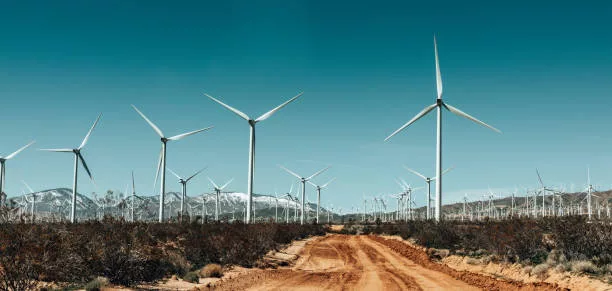From the Enchanting Northern Lights to Warming Homes Sustainably
Amid the mesmerizing aurora and cultural richness — think fast race car drivers, sauna gatherings, and that distinct Finnish contentment — Finland has also mastered the art of staying cozy in its often frosty climate. The approach? A deep-rooted innovation called district heating, a concept not widely known in the US, where centralized heat generation and an extensive network of hot water pipes replace individual heating systems across homes and buildings.
The Evolution of Vantaa’s Heat
In Vantaa, Finland’s fourth largest city, a well-oiled district heating system exists but with a twist in the tale. Vantaa Energy is on a mission to revolutionize this system with Veranto — a project marrying renewable energy and vast underground thermal storage facilities, aiming to kick carbon emissions to the curb. Scheduled to kick-off construction this year, Veranto will boast twin 60 MW electric boilers and repurposed industrial waste heat, all contained within three colossal subterranean chambers. This grand scheme is not just about maintaining warmth; it’s about setting a global example with what could be the world’s most extensive thermal energy storage site, capable of holding a staggering 90 GWh of energy.
Futuristic Thermal Storage on an Unprecedented Scale
Veranto’s blueprint is sheer grandeur. Picture three cavernous chambers each stretching across 300 meters and plunged a hundred meters below ground — enough combined capacity to dominate the world stage in thermal energy storage. Jukka Toivonen, Vantaa Energy’s CEO, paints a picture of the energy landscape and the gaping need for industrial-scale storage solutions. Solar and wind powers are more vital than ever, yet their intermittent nature cries out for a robust system that can harbor energy until it’s needed.
The Varanto system steps in as an ingenious hybrid district heating model, judiciously intermixing various energy sources and optimizing generation to accord with demands. It operates like a well-orchestrated thermal symphony, where affordability meets sustainability, and reliability harmonizes with cutting-edge control systems.
With a hefty €200 million investment, inclusive of a €19 million grace from Finland’s Ministry of Economic Affairs and Employment, Veranto is all set for a summer 2024 groundbreaking, eyeing operational prowess by 2028.
District Heating: The Heartbeat of Finnish Cities
In the embrace of Finland’s subterranean infrastructures, lies the lifeline of Finnish city heating: district networks. As the largest purveyor of this eco-friendly warmth in the Nordics, Finland ensures that the environmental friendliness of the energy that flows through its networks is second to none — adaptable, dynamic, and ever-evolving.
District heating efficiency springs from its local production. Vantaa in particular boasts facilities like their waste-to-energy plant, which does double-duty by transforming non-recyclable refuse into heat, and the Martinlaakso power plant that leverages renewable wood fuel.
It’s this commitment to a closed circuit of high-temperature hot water delivery and return that positions Finland as a frontrunner in carbon neutrality. Precisely designed heat exchangers transfer the warmth without mingling with the building’s own heating systems, all part of an intricate, low-maintenance network designed to last a century.
Vantaa Energy isn’t just stopping at their recent 70% emission reduction. They’re projected to evolve into a carbon negative energy company by 2030 with strategies firmly rooted in the circular economy. This transformation of district heating isn’t merely a step up; it’s a giant leap towards sustainability, ensuring the Finnish cities remain snug without the weight of environmental impact.
